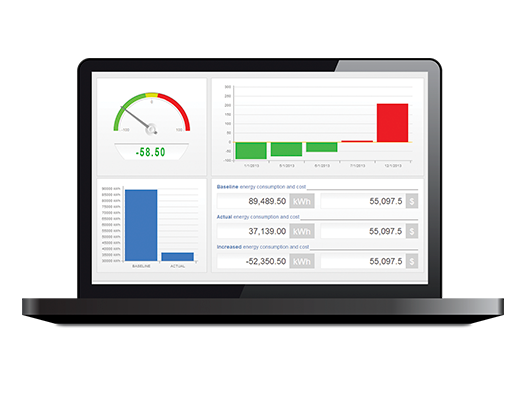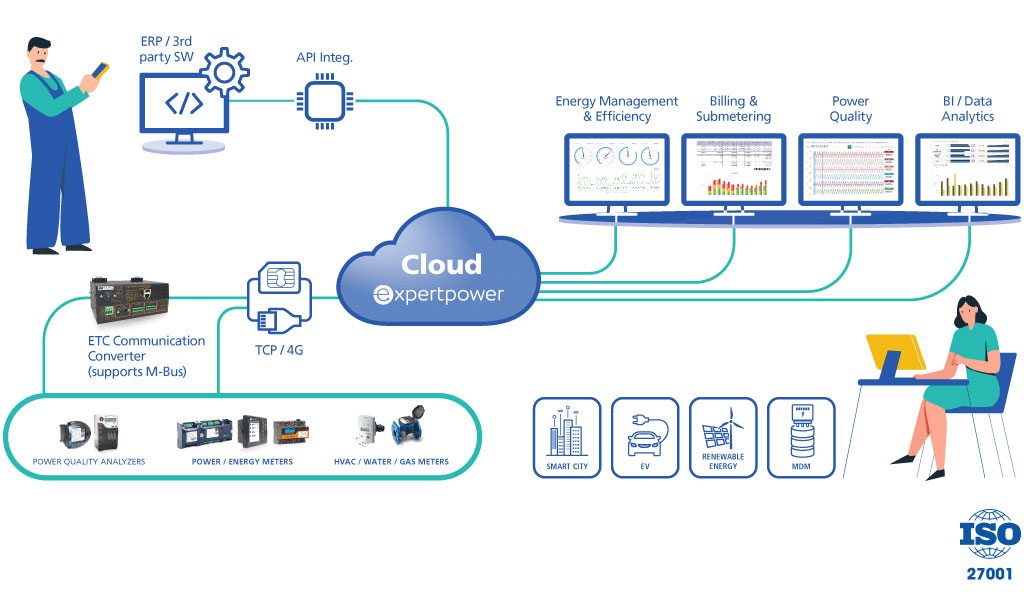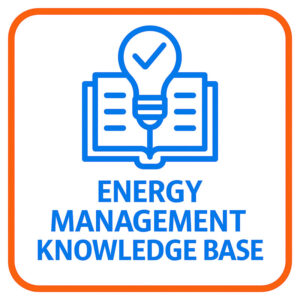Energy Management is a term that is becoming increasingly commonplace. What exactly is energy management though and how can businesses and individuals benefit from embracing it?
What is Energy Management?
Energy Management describes the broad practice of overseeing, optimising and monitoring how energy is utilised. It encompasses all the solutions and actions put in place to minimise energy usage in an endeavour to achieve the best results and therefore reduce costs.
Energy Management incorporates various strategies such as:
- Energy Efficiency: Making choices that achieve the same outcome but use less energy (e.g., LED lights vs incandescent lights).
- Energy Conservation: Reducing energy use through behavioural changes (e.g., turning off lights in empty rooms).
- Upgrading Equipment: Investing in newer, more efficient appliances, machinery or air conditioning systems.
- Optimisation: Planning ahead and scheduling energy intensive tasks for off-peak hours.
A core aspect is tracking consumption via energy management software. By monitoring usage, individuals and businesses can identify areas for improvement and take steps to control energy use.
What is Energy Management Software (EMS) and what does it do?

Energy Management Software is a digital tool that empowers the user to make data driven decisions about energy use. Key functions of energy management software include:
- Data Collection: EMS acts as a central hub, collecting energy consumption data from various sources. This data can come from smart meters, building automation systems, power quality analysers and/or substation automation controllers.
- Monitoring and Analysis: EMS continuously monitors the data that is collected, providing real-time or historical insights into energy use patterns. This allows the user to see trends, identify peak usage times and pinpoint areas where energy might be wasted.
- Reporting: EMS presents the data in a user-friendly format, with dashboards, charts and graphs conveniently viewed in a web browser (no software installations are required). This makes it easy to understand energy consumption and identify trends. Manual, automatic or scheduled reports can also be generated.
- Alerts and Recommendations: Comprehensive software systems can set up alerts to notify the user of unusual spikes in energy use, potential equipment malfunctions or network outages. Additionally, the software assists specific actions to improve efficiency, such as scheduling energy-intensive tasks for off-peak hours, load shedding, or other advanced techniques.
- Integration and Automation: Advanced EMS can integrate with other building management systems like lighting for example. This allows for automation, such as automatically adjusting lighting levels based on occupancy or optimising heating and cooling systems based on real-time temperature data.
What are the advantages of Energy Management Software (EMS)?
- Reduced costs: An EMS tracks your energy consumption over time, giving you valuable insights into areas where energy is being misused. This allows you to identify and implement cost saving measures based on this data.
- Improved Efficiency: By continuously monitoring your energy use, energy management software can help optimise your systems and processes for better overall efficiency.
- Reduced Environmental Impact: Minimised energy consumption directly results in a lower carbon footprint. An EMS helps you become more sustainable by highlighting areas where improvements can be made and tracking your progress in reducing energy use.
- Decision Making: The data collected by an EMS provides valuable insights to make informed decisions about future energy use. This information can be used to plan for upgrades, better invest resources or set realistic energy saving goals.
What energy management solution does SATEC offer?

SATEC’s own energy management software, eXpertpower, is a complete solution encompassing all of the features outlined above plus many more highly advanced tools.
With installations of over 50,000 managed devices at one site alone, eXpertpower software can be a powerful tool. Its scalability allows you to start with small installations which can expand as your business grows.
By providing in-depth insights, reliability, security and ultimately profitability, our software solution helps achieve the goals of traditional energy management, that being reducing costs, improving efficiency and becoming more sustainable.
For more information on how SATEC (Australia) can help you with your energy management needs, please contact us or call +61 2 4774 2959.



